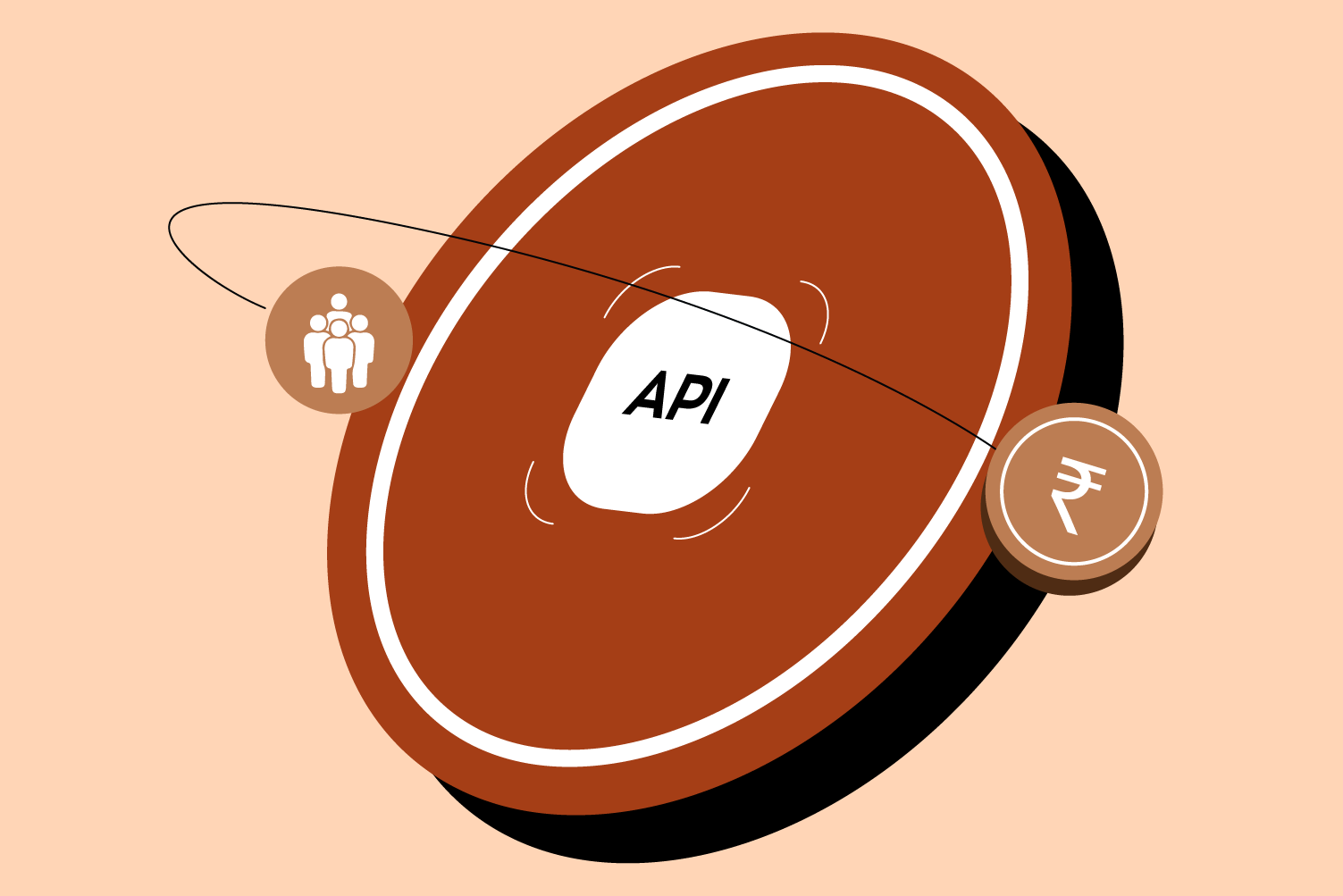As the global financial network grows more interconnected, wire transfers remain a reliable way to move funds securely across borders. These electronic transfers facilitate major financial transactions, from property purchases to international trade, ensuring speed and reliability. For businesses, they provide a standardized method to operate across different banking systems and currencies. At the same time, individuals rely on them for secure, high-value transfers, such as funding education abroad or supporting family members. Despite emerging payment technologies, wire transfers continue to be essential for transactions that demand security, efficiency, and global reach.
What is a Wire Transfer?
A wire transfer is a method of electronic funds transfer from one person or entity to another. Unlike regular bank transfers that might require extended processing time, wire transfers typically move funds directly between financial institutions. However, domestic wire transfers can still route through a clearinghouse. For example, in India, NEFT and RTGS both use RBI’s clearing systems. Some wire transfers, like RTGS (Real-Time Gross Settlement), are settled individually and in real-time, while NEFT transactions are processed in batches.
The term “wire” originates from the early use of telegraph wires to transmit transfer instructions between banks. Although modern wire transfers rely on secure digital networks, the name remains, reflecting the system’s long-established reliability.
Domestic wire transfers take place between banks within the same country and are usually completed within a business day. International wire transfers, on the other hand, involve financial institutions across different countries. These transactions often require currency conversion and compliance with multiple banking regulations, leading to longer processing times—typically between one and five business days—and higher costs due to their complexity.
How Does a Wire Transfer Work?
A bank transfer begins when the sender initiates a payment through their bank or payment provider, providing recipient details such as an account number and bank code (IFSC for domestic transfers and SWIFT for international transfers). The bank verifies the sender’s identity and may conduct fraud checks before proceeding.
Once confirmed, the bank ensures that sufficient funds are available, verifies the details, and deducts any applicable transfer fees. If a direct link to the recipient’s bank is unavailable, intermediary banks may facilitate the transfer, particularly for international transactions.
For domestic transfers in India, the process is carried out using systems like NEFT (National Electronic Funds Transfer) and RTGS (Real-Time Gross Settlement), both regulated by the Reserve Bank of India (RBI). However, it is important to note that NEFT and RTGS are not technically considered “wire transfers” in the global sense.
Internationally, wire transfers are processed through systems like SWIFT (Society for Worldwide Interbank Financial Telecommunication), Fedwire (United States), or SEPA (Single Euro Payments Area in Europe). In cross-border transfers, funds may pass through multiple banks before reaching the recipient, depending on the banking network involved.
Finally, the recipient’s bank verifies and credits the funds. Domestic transfers are usually quick, while international transfers take longer due to intermediary processing and compliance checks. For instance, if an Indian company pays a German supplier, the funds move through the SWIFT network and any necessary intermediary banks before reaching the supplier’s account.
Interested in our APIs? Let’s talk!
Tell us your automation goals, and we’ll set you up with a free, personalized demo from our API expert.
Click HereTypes of Wire Transfers
Domestic Wire Transfers
Domestic wire transfers facilitate fund transfers between banks within the same country using national systems like NEFT, RTGS, and IMPS. Designed for local transactions, these transfers are typically completed within a day, with lower costs compared to international transfers. They require essential details such as the recipient’s name, account number, and IFSC code.
Key advantages include swift processing, reduced fees, and minimal documentation. Common applications range from business payments and property transactions to sending money to family members.
International Wire Transfers
International wire transfers move funds across national borders, primarily using the SWIFT network to transmit payment instructions between banks worldwide. These transfers involve additional complexities, including currency conversion, compliance with multiple banking regulations, and routing through intermediary banks.
International transfers typically take 1-5 business days to complete and require more detailed information, such as the recipient’s international bank account number (IBAN) or account number, the bank’s SWIFT/BIC code, and the complete bank address. Due to the additional processing requirements and currency conversion costs, fees for international transfers are generally higher.
Delays can occur due to factors like intermediary banks handling the transfer, compliance checks (such as AML/KYC regulations), and currency conversion processing. These steps are necessary to ensure security and regulatory compliance but can add to the processing time.
International wire transfers are essential for overseas education payments, global business operations, foreign investments, and sending money to family members abroad.
Key Advantages of Wire Transfers
- Speed: Domestic transfers are often completed within hours, while international transfers remain significantly faster than traditional methods like cheques or bank drafts.
- Security: Encrypted networks and identity verification ensure secure transactions, with detailed bank records providing a clear audit trail.
- Global accessibility: Wire transfers facilitate international transactions and currency conversions, making them essential for cross-border payments.
- High transaction limits: Unlike many digital payment platforms, wire transfers accommodate large sums, making them suitable for real estate transactions and business payments.
Key Disadvantages of Wire Transfers
- High costs: Wire transfers tend to be more costly than other electronic payment methods, with additional charges sometimes applied to recipients, especially for international transactions.
- Irreversibility: Once sent, wire transfers cannot be easily reversed, posing a risk if funds are mistakenly sent or involved in fraud. In most cases, wire transfers are final, but banks may attempt a recall if reported immediately—though success is not guaranteed. If the transfer is flagged for fraud or regulatory issues, banks may freeze the funds before they reach the recipient.
- Potential delays: Transfers may be delayed due to time zone differences, banking holidays, or technical issues, especially when multiple banks are involved.
Fraud risks: Scammers often exploit the speed and finality of wire transfers in fraud schemes, making recovery of lost funds extremely difficult.
Conclusion
Wire transfers remain an essential part of the financial system, offering speed, security, and the ability to handle large transactions. While digital wallets and instant payment systems are more convenient for everyday use, wire transfers are crucial for international trade, property purchases, and other high-value transactions that require reliability.
Choosing a trusted financial institution with strong security measures and transparent fees is important. Understanding the process and taking necessary precautions can help individuals and businesses use wire transfers effectively while managing potential risks.










